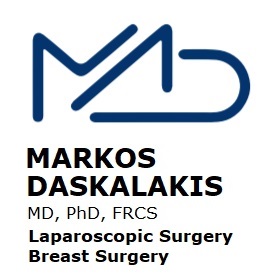BREAST
self exam
Try to get to know how your breasts look and feel so you know what’s normal for you. Do this as a regular part of your body care so that you’ll be more confident about noticing any unusual changes.
Look at and feel your breasts regularly on monthly basis. Premenopausal women are advised to feel their breasts between day 7 and 14 of their menstrual cycle as breast tissue is softer and less sensitive during that period. In postmenopausal women a specific day of the month can be utilised in order to generate a regular routine. There’s no right or wrong way to do it and no need to alter your body care routine. For instance, you can check your breasts and the area around them while you’re in the bath or shower, when you use body lotion or when you get dressed. Do what suits you best.
Checking your breasts only takes a few minutes. Check all parts of your breast your armpits and up to your collarbone.
Men can also develop breast cancer but it is very rare. Remember that everyone is different and breasts change throughout life because of varying hormone levels in the body.
It’s as simple as TLC: Touch Look Check
- Touch your breasts: can you feel anything unusual?
- Look for changes, utilise a mirror: does anything look different?
- Check any changes with your doctor. Changes to look and feel for: not just a lump
Common breast cancer signs and symptoms
Noticing an unusual change doesn’t necessarily mean you have breast cancer, and most breast changes are not because of cancer.
But it’s important to get checked.
But it’s important to get checked.

a lump or swelling in the breast, upper chest or armpit – you might feel the lump but not see it

any unusual liquid (discharge) from either nipple

a change to the skin, such as puckering
or dimpling
or dimpling

On its own, pain in your breasts is not usually a sign of breast cancer. But look out for pain that’s there all or most of the time.

a change in the colour of the breast – the breast may look red or inflamed

rash or crusting around the nipple

a change to the nipple, for example it has become pulled in
(inverted)
(inverted)

changes in size or shape of the breast



